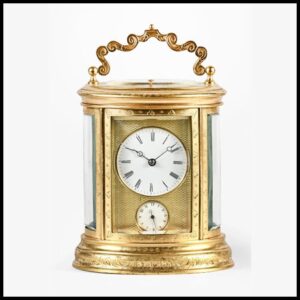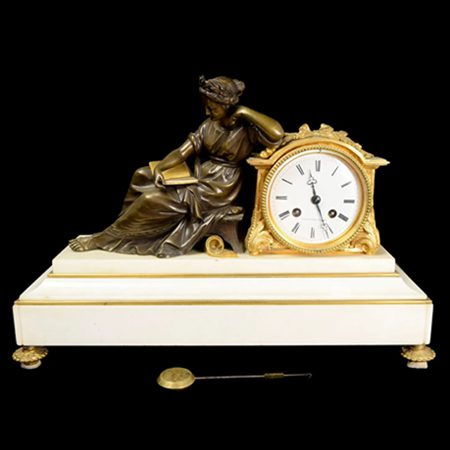Why Collectors Treasure Timepieces of the Past
When you look at an old antique clock, you are not just seeing a way to tell time—you are seeing history, artistry, and human ingenuity in motion. These clocks, often handcrafted with meticulous care, carry stories of their makers, their owners, and the societies that prized them. Unlike the sleek digital devices of today, they stand as testaments to a time when beauty and utility were inseparable.
The Origins of Mechanical Timekeeping
Mechanical clocks first appeared in Europe in the 13th century. They were large, weight-driven mechanisms installed in cathedrals and town squares. Their purpose was more about keeping the rhythm of communal life than personal use. As technology improved, smaller versions found their way into homes, giving rise to pieces like the old antique clock that collectors cherish today.
From Grandfather Clocks to Compact Designs
Tall case clocks, also known as grandfather clocks, dominated households in the 17th and 18th centuries. They provided not only accurate timekeeping but also a focal point for the home. Over time, clockmakers began to experiment with more compact forms. Bracket clocks, carriage clocks, and mantel clocks became popular in the 18th and 19th centuries, paving the way for the refined old antique clock models we see today in collections.

Materials That Stand the Test of Time
An old antique clock was rarely made from just one material. Craftsmen often combined woods like mahogany, oak, or walnut with brass, enamel, and glass. In higher-end designs, gilding or porcelain dials added elegance. The survival of these materials is what makes so many antique clocks not only functional but also visually stunning centuries later.
Comparing Clocks to Other Timekeepers
Pocket watches and wristwatches brought timekeeping into the personal realm, while modern digital devices have made checking the time nearly effortless. Still, the old antique clock offers something these portable versions lack: permanence and presence. Unlike a watch or a smartphone, it becomes part of the décor, part of the rhythm of a home, and a talking point for generations.
The Craftsmanship of Horology
One of the most remarkable aspects of an old antique clock is the horological craftsmanship. Each piece was designed and assembled by hand, often by artisans who specialized in creating gears, springs, and dials with unmatched precision. Even today, restorers and collectors marvel at the durability of these mechanisms, which often run smoothly after a simple cleaning and adjustment.
The Symbolism of Antique Clocks
Beyond their mechanics, these clocks symbolize continuity, stability, and the passage of time itself. To own an old antique clock is to possess a reminder of life’s fleeting moments. Many families pass them down through generations, making them not just timepieces but heirlooms rich with emotional value.
Collecting and Valuing Antique Clocks
Collectors prize originality above all else. An old antique clock with its original dial, hands, and case is far more valuable than one that has been heavily restored or modified. Provenance also plays a role: clocks tied to well-known makers or historical events often command higher prices at auctions.
How to Care for Antique Timepieces
Proper care is essential to maintaining the function and beauty of these clocks. Regular dusting, avoiding extreme humidity, and scheduling periodic servicing with a trained horologist ensures longevity. An old antique clock that has been properly maintained can continue to run accurately for centuries, providing both beauty and utility.
Why These Clocks Remain Irreplaceable
In a world driven by fast technology and mass production, the enduring presence of an old antique clock reminds us of the value of patience and craftsmanship. Each tick of the pendulum or chime of the hour is not just a measurement of time—it is a heartbeat from the past.


